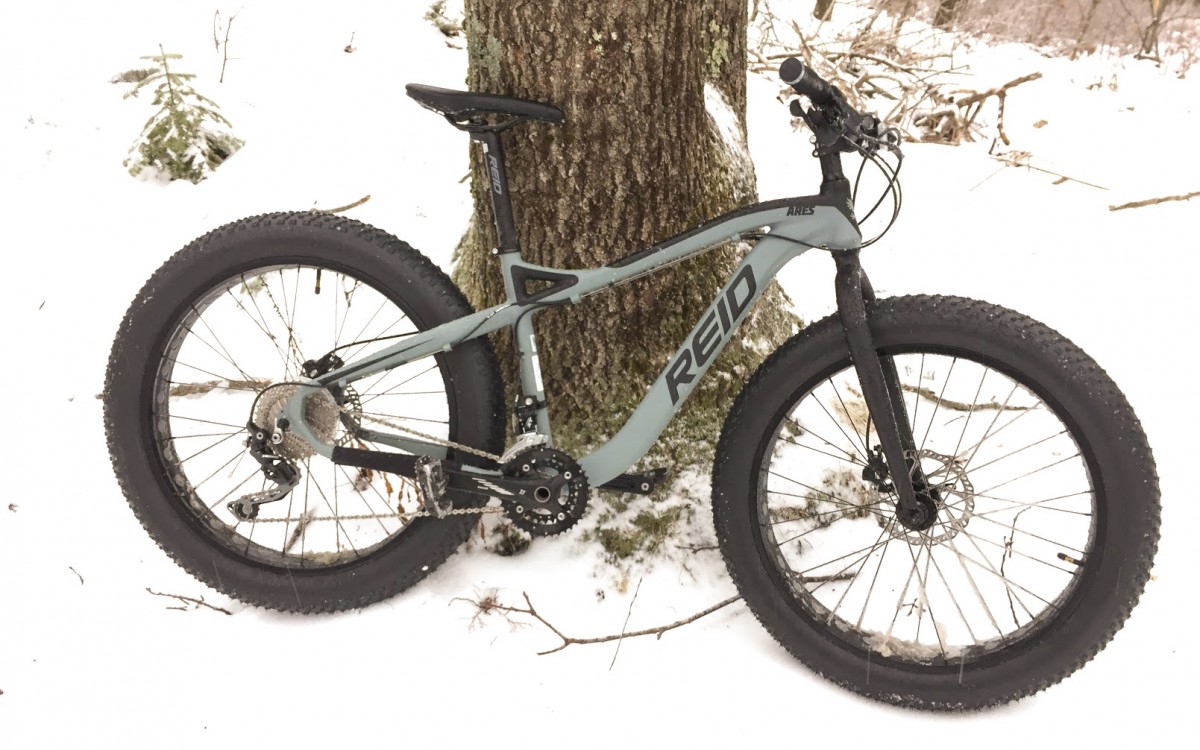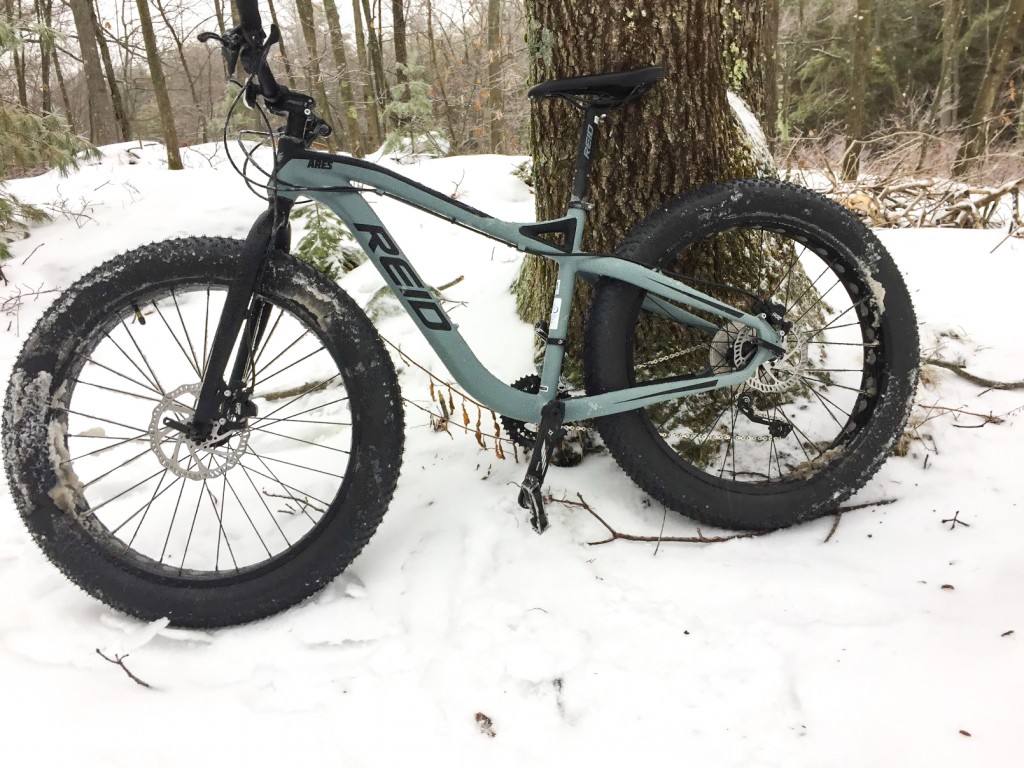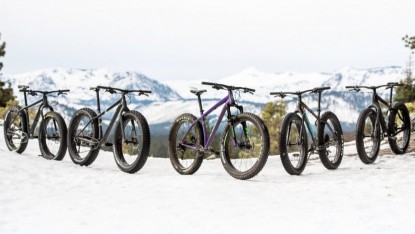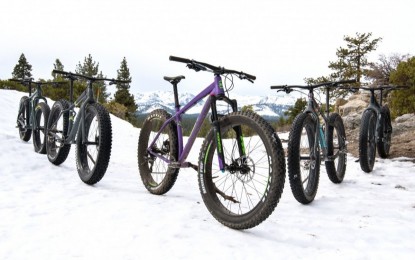Reid Ares 2018 Review
Our Verdict
Our Analysis and Test Results
Should I Buy This Bike?
The Ares is a decent option for the budget-minded novice who doesn't want or need top-notch performance. This bike will get you out on the trail but lacks the same levels of performance as some of our other test bikes.
If you are willing to spend approximately $500 more, the Trek Farley is a superb choice. The Farley rolls on larger 27.5x4.5-inch tires which carry speed very well. Downhill performance is far superior to the Reid. Climbing abilities are impressive once you get this bike rolling. Excellent performance is accompanied by an impressive build kit including the Bontrager Gnarwahl tires.
Design Highlights
- - Aluminum Frame
- - Aluminum Fork
- - 2x10 drivetrain
- - Clearance for up to 4.8-inch tires
Downhill Performance
The Ares descends like an old-school cross country bike. The cockpit feels short and the 71-degree head tube angle is extremely steep by 2018 standards. The Reid does not operate smoothly at high speeds. Cornering abilities are decent this bike is reasonably playful for a fat bike. The components were a mixed bag.
The steep geometry on the Ares feels straight out of 2010. The 71-degree head tube angle is outrageously steep. This is the sort of front end feel you typically find on a cross country race bike. Not surprisingly, the head tube angle detracts from high speed stability and confidence on rough trails. One wrong move on rough trails and you feel like your going to be pitched over the bars. When the speedometer cranks, stability suffers. The Ares is twitchy and skittish. This bike is far more comfortable meandering over low-key trails.
Slow speed handling is impressive. While the cross country feel of the geometry detracts from high speed stability and capability on rough trails, it is beneficial for slow speed handling. Working through tight and slow corners is easy. Steering is precise, quick, and direct. High-speed cornering is less confident. The twitchy high-speed handling paired with weak Kenda Juggernaut tires does not inspire confidence. The tread pattern on the Juggernaut is okay for dirt or sand, but doesn't work well on snow and ice.
The quick release fork and frame were surprisingly stiff. Budget-friendly bikes will often use quick release skewers which are a fraction of the diameter of 12mm or 15mm thru axles. The smaller diameter can lend itself to a weak and flimsy feel. The front and rear end of the Ares felt surprisingly stiff and responsive with trace amounts flex.
Climbing Performance
The Ares is a respectable climber. Many of the characteristics that hurt downhill performance, proved beneficial on the ascent. The upright geometry and manageable cockpit provide an effective climbing position and increase traction. Uphill handling is impressive despite a hefty and substantial feel.
Riders are placed in an effective climbing position. The 71-degree head tube angle is steep and puts plenty of weight over the front wheel. The 73-degree seat tube angle is fairly slack on paper. On the trail, the seat tube angle felt fine. Riders were more or less on top of the cranks. The cockpit felt a little short. This kept riders in a comfortable, upright position and avoids stretching the rider out. The downside? It can be tricky to move around enough to be able to distribute rider weight to gain traction.
Steering and precision was impressive on the Ares. The 4.0-inch tires are more precise than larger 4.5-inch or 5.0-inch options. Trying to snake through a tight line can be a lot easier with narrower tires. Pair the precision of the rubber with the responsive handling of the cross country geometry and you have an effective bike. Negotiating uphill switchbacks is much easier than the longer and slacker bikes.
The 2x10 drivetrain allows a nice range of gears. The 22:36 climbing gear is nice and comfortable. This can be extremely beneficial on a fat bike where riding soft of fresh snow causes a good bit of drag. Even though front derailleur can be difficult to work with, there is no doubt it is helpful on a fat bike.
Value
At $1060, the Reid Ares boasts a very impressive price tag. Despite the impressive price tag, the performance is only mediocre. Folks who simply want to get out and cruise around on a fat bike might like this bike. Those who value performance, should look elsewhere.
Conclusion
The Reid Ares offers relaiable climbing and preicse handling, but its downhill skills are mediocre at best. This aluminum bike has outdated geometry and lacks the attitude of some other fat bikes. The attractive price tag makes this a viable option for riders who want to get out and ride but don't care about high-end performance.





